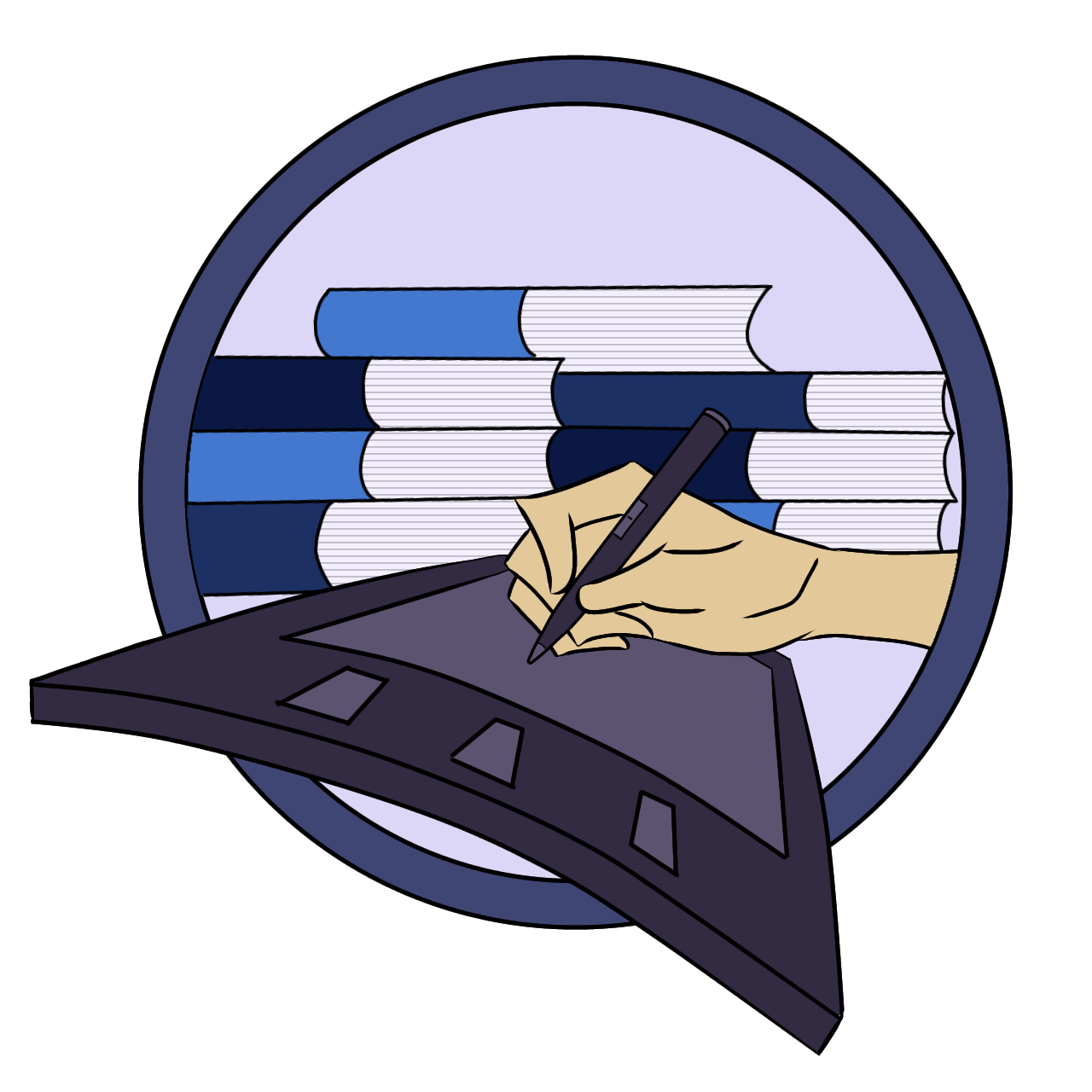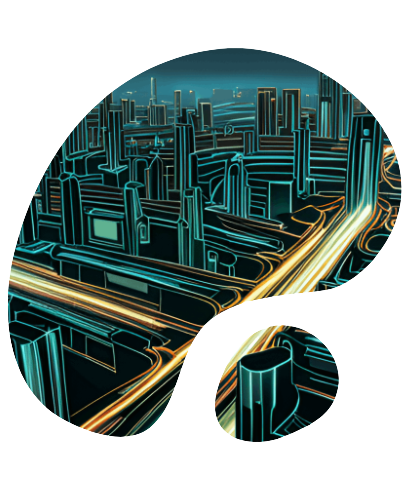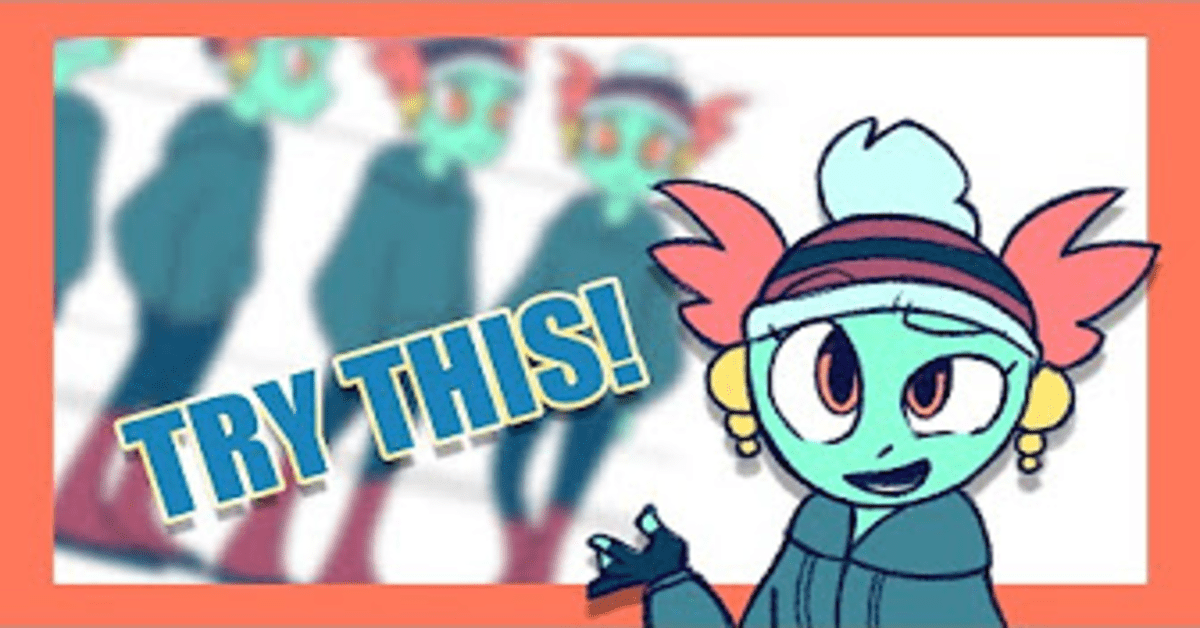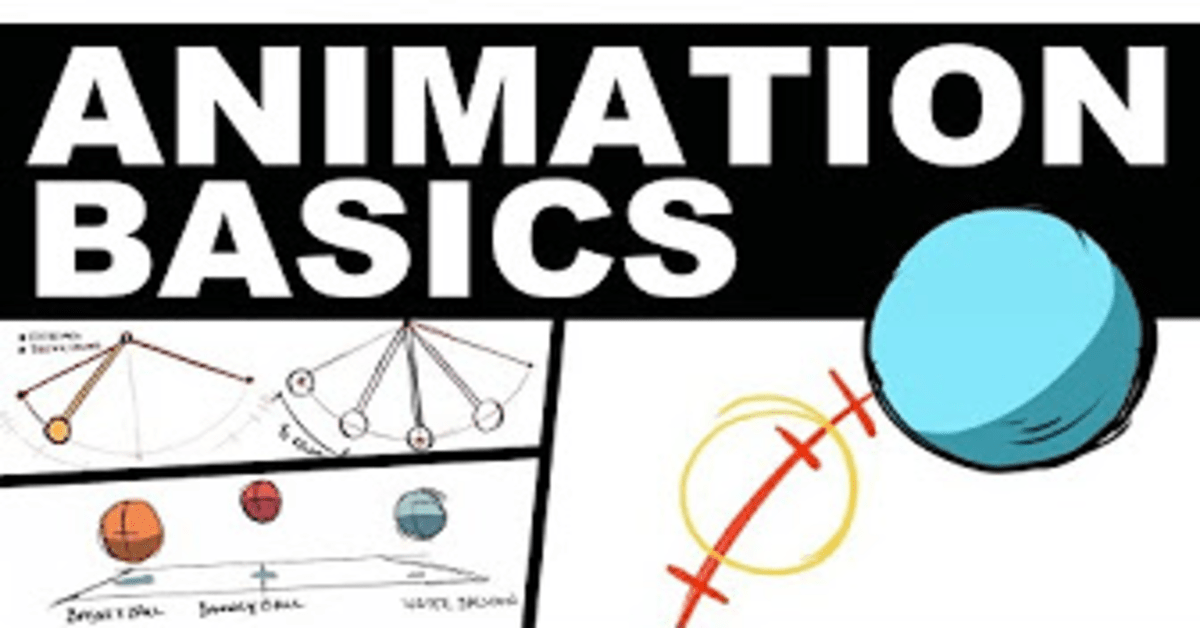0+
Courses


Animation is a dynamic art form that brings still images to life, creating the illusion of movement through a sequence of frames.
It's a versatile medium used in entertainment, education, and more, capable of evoking emotions and delivering complex messages through characters and scenes that captivate audiences of all ages and cultures.
Whether hand-drawn or computer-generated, animation is a powerful tool for storytelling and communication, pushing the boundaries of visual creativity.
Courses
Students
Awards






Animation is the process of creating the illusion of motion and change by rapidly displaying a sequence of still images or frames. It is often used in movies, video games, advertisements, and web design to bring objects and characters to life.
The basic principles of animation, as defined by Disney animators Frank Thomas and Ollie Johnston, include concepts like squash and stretch, anticipation, staging, and timing. These principles help create realistic and engaging animations.
Keyframing is a technique in animation where keyframes, or specific frames that represent significant points in an animation's timeline, are set to define an object's position, rotation, scale, or other attributes. The software then generates the in-between frames to create smooth motion.
2D animation involves creating movement in a two-dimensional space, often using techniques like hand-drawn animation or vector-based animation. 3D animation, on the other hand, adds depth and realism by animating objects in a three-dimensional environment, typically using computer-generated imagery (CGI).
There are several popular animation software options, including Adobe Animate, Toon Boom Harmony, Blender, Maya, and Autodesk 3ds Max. The choice of software often depends on the specific requirements of the project and personal preference.
The time it takes to create an animation can vary significantly based on factors such as the complexity of the animation, the skill level of the animator, and the available resources. Short animations may take hours or days, while feature-length films can take years to produce.
Storyboarding is a crucial step in the animation process as it helps plan and visualize the sequence of scenes and shots. It allows animators to refine the story, pacing, and composition before committing to full animation, saving time and resources.
Rigging in 3D animation is the process of creating a digital skeleton (rig) for a 3D character or object. This skeleton is used to control the character's movements and deformations, making it easier to animate.
Sound can be added to animations by synchronizing audio files with the animation timeline using software like Adobe Premiere Pro or After Effects. Sound effects, music, and voiceovers are often used to enhance the viewer's experience.
Careers in animation include 2D and 3D animators, character designers, storyboard artists, riggers, visual effects artists, and animation directors. Animators can work in film, television, advertising, gaming, web design, and more.